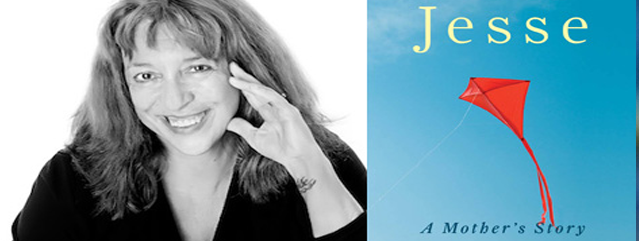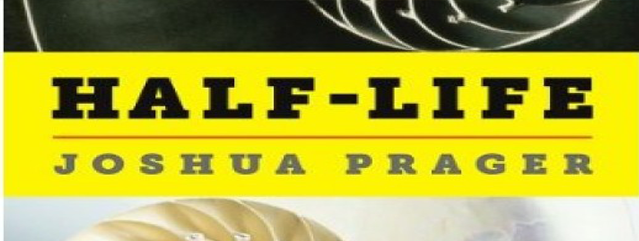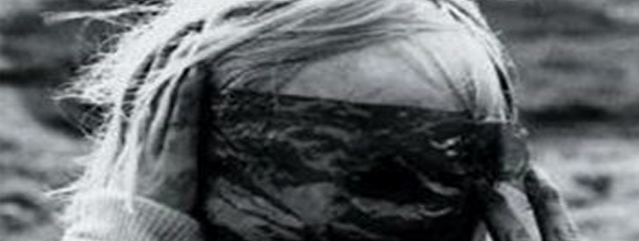What Does Home Mean to You?
A couple months ago, I trudged through the thick woods five miles from where I live, in search of homeless individuals. As part of a campaign to end homelessness in Vermont, I volunteered to find people willing to answer survey questions to identify those at high risk for dying on the streets. I had driven past the woods numerous times, numb to the homeless community surviving in the dark drizzle, lost in my small world – what should I make for dinner tonight? Salmon or Lasagna? Should I buy that new couch on sale? I really should go to the gym today. But as I stepped closer to a campsite with a one-person tent and a sagging blue tarp for a roof, my fortune on the other side of the murk seemed far away and inconsequential.
I thought about the last question on the survey: What does home mean to you? Before entering the woods, I had not spent much time, if any, examining that question. But, now, with the sagging tarp and the empty tent as real as the bone-aching cold, I could not avoid it. Home: warmth, privacy, a front door that locks. A comfortable bed.
I did not find anyone in the encampment, so I did not have the opportunity to ask the question. I headed downtown to continue my search. A mid-twenty something guy, wearing a stained sweatshirt and rubbing his hands together to stay worm, was sitting on a bench. I walked up to him and asked if he was homeless and would he be willing to answer some questions that were designed to help him. “Sure,” he said and invited me to sit next to him.
I asked him questions about his health, his interactions with the police, if he had been beaten up or threatened by others, if he received any subsidies. Then, “What does home mean to you?”
“A pillow to lay my head on.”
We gave each other a nod, as if we understood one another.
But his answer still resides in my consciousness, so much so that I am working on an essay about my experience. As I write this, though, I wonder if home is a place in which we are inextricably linked, a place that represents our unique identities. Your scent planted in your pillow. Your dreams contained in your pillow.
If you have not had the opportunity to speak to someone who is homeless about what it’s like for them to survive on the streets, or ask them what home means to them, I urge you to watch the film Without a Home. “Growing up in Los Angeles, a city with a homeless population that exceeds 90,000,” filmmaker, Rachel Fleisher, fulfills her desire to understand the homeless community in Los Angeles by spending four years connecting with the lives of six homeless individuals. http://www.withoutahomefilm.com/about-the-film
I assure you, the film will change your perception of homeless individuals.
So, I leave you with two questions to consider on this Christmas holiday: what does home mean to you? How does your home speak to your identity?
Read More




Recent Comments